I took these Franklin’s Gull images at Farmington Bay WMA nearly a year ago. I suppose it’s better late than never to share the photos with you all today.
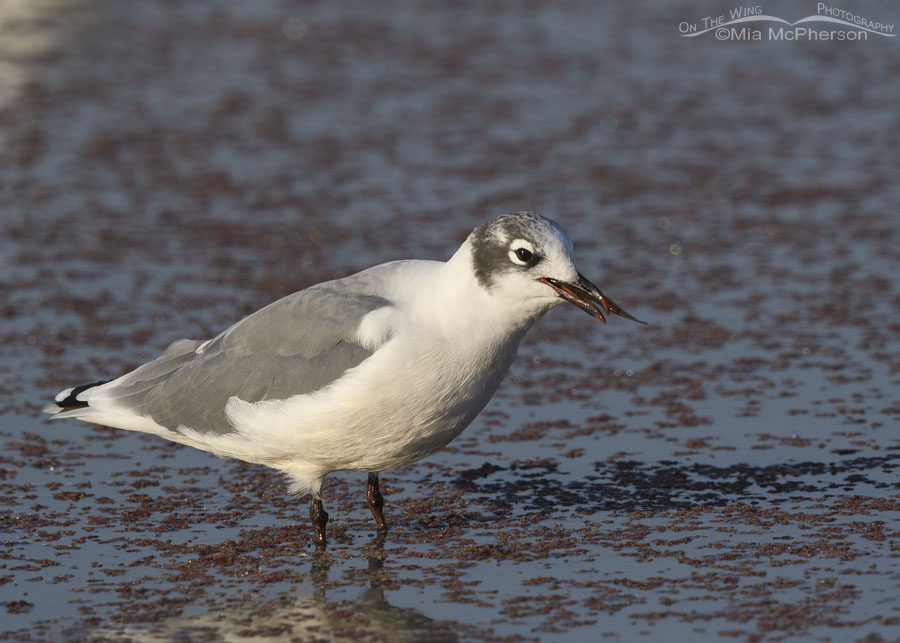 Franklin’s Gull swallowing a fish – Nikon D500, f7.1, 1/2500, ISO 640, -0.3 EV, Nikkor 500mm VR with 1.4x TC, natural light
Franklin’s Gull swallowing a fish – Nikon D500, f7.1, 1/2500, ISO 640, -0.3 EV, Nikkor 500mm VR with 1.4x TC, natural light
I published these images of Franklin’s Gulls in my photo galleries last year but neglected to write about my experience with the gulls from last September.
First, I have to say that I missed seeing Franklin’s Gulls this year. I heard and saw a few of them before I headed to Virginia, Texas, Arkansas, and Oklahoma this spring and early summer. Franklin’s Gulls are not year-round residents in northern Utah; they are only here for their breeding season.
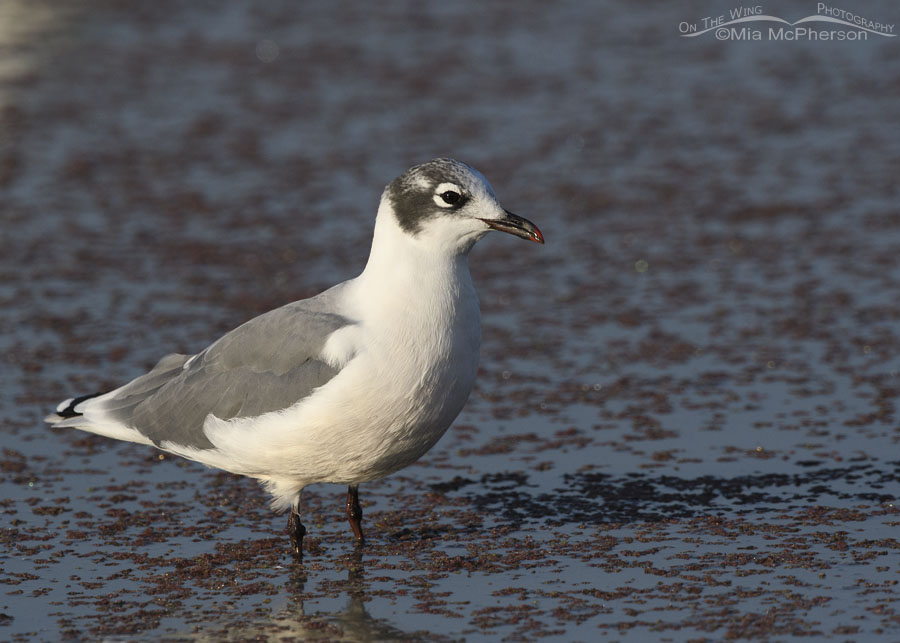 Franklin’s Gull in a shallow pond – Nikon D500, f7.1, 1/3200, ISO 640, -0.3 EV, Nikkor 500mm VR with 1.4x TC, natural light
Franklin’s Gull in a shallow pond – Nikon D500, f7.1, 1/3200, ISO 640, -0.3 EV, Nikkor 500mm VR with 1.4x TC, natural light
By this time of the year, their young are pretty much on their own, and all of them are preparing for their long migration. Franklin’s Gulls are highly migratory birds that spend their nonbreeding season along the coasts of Chile and Peru, as well as the west coast of Central and South America.
When Franklin’s Gulls are gone, I miss their soft calls and their beauty. This winter, I suspect I will miss them even more deeply because I haven’t been around them very much at all this year.
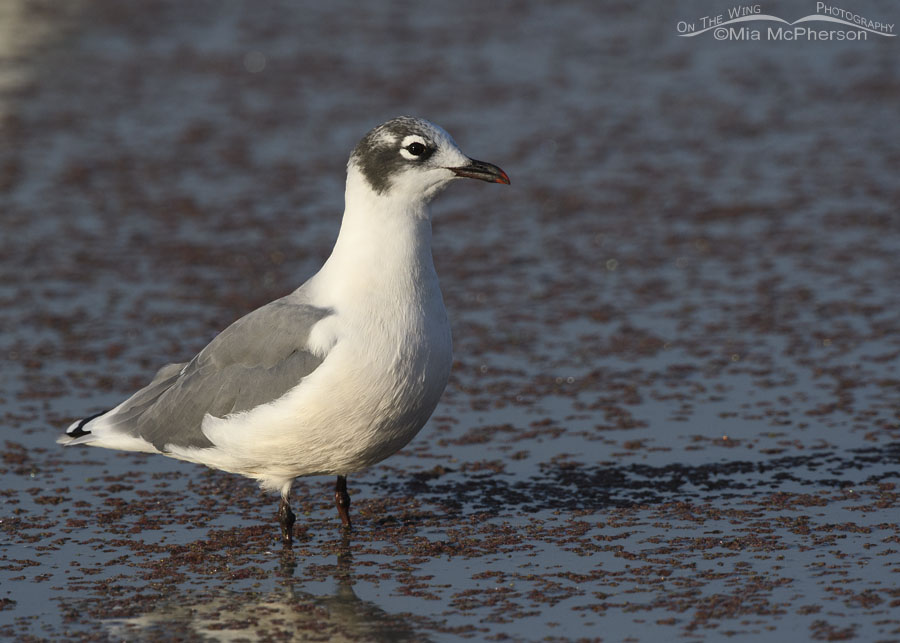 Franklin’s Gull before migration – Nikon D500, f7.1, 1/3200, ISO 640, -0.3 EV, Nikkor 500mm VR with 1.4x TC, natural light
Franklin’s Gull before migration – Nikon D500, f7.1, 1/3200, ISO 640, -0.3 EV, Nikkor 500mm VR with 1.4x TC, natural light
Last September, when I found these Franklin’s Gulls foraging and feeding in a shallow pond at Farmington Bay WMA, I knew it might be my last opportunity of the year to capture images of these medium-sized gulls. So, I focused on them in between taking photos of Lesser and Greater Yellowlegs, which were also present at the same small pond.
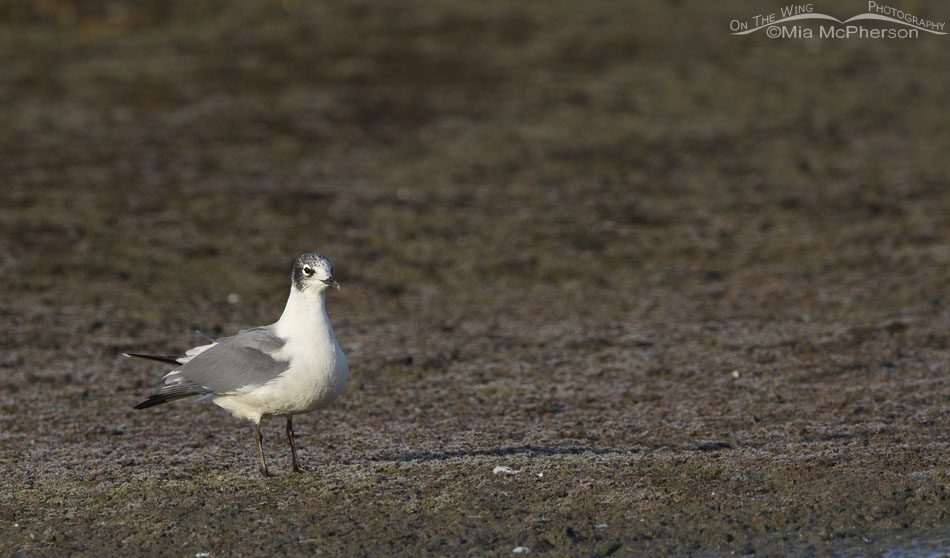 Franklin’s Gull on a mudflat – Nikon D500, f7.1, 1/2000, ISO 640, -0.3 EV, Nikkor 500mm VR with 1.4x TC, natural light
Franklin’s Gull on a mudflat – Nikon D500, f7.1, 1/2000, ISO 640, -0.3 EV, Nikkor 500mm VR with 1.4x TC, natural light
I took numerous photos of the Franklin’s Gulls, both up close and from a distance. I have a deep fondness for this gull species, and surprisingly, I don’t have as many photos of them as I’d like.
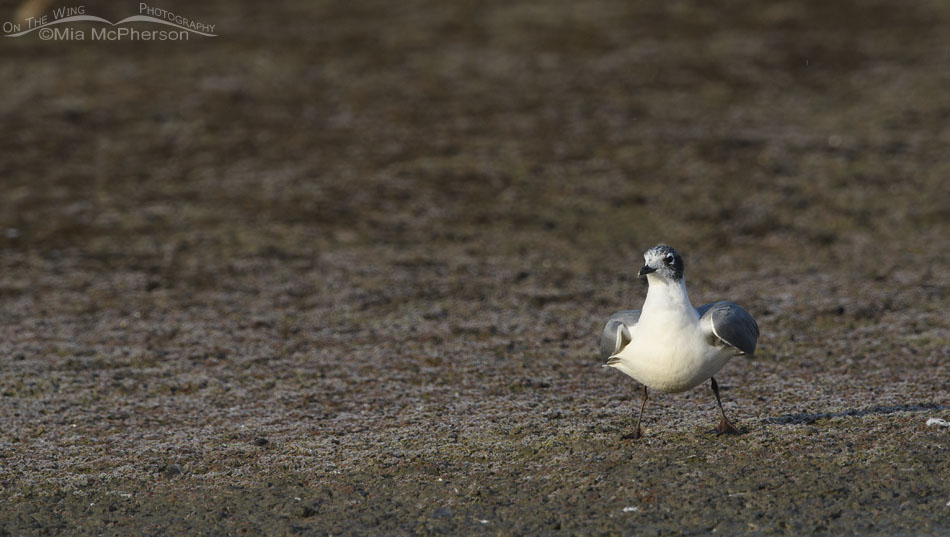 Franklin’s Gull about to lift off from a mudflat – Nikon D500, f7.1, 1/2000, ISO 640, -0.3 EV, Nikkor 500mm VR with 1.4x TC, natural light
Franklin’s Gull about to lift off from a mudflat – Nikon D500, f7.1, 1/2000, ISO 640, -0.3 EV, Nikkor 500mm VR with 1.4x TC, natural light
This last photo probably doesn’t mean much to anyone but me, but it made me giggle and laugh out loud. The belly of the gull before it lifted off just looked wonky compared to how these gulls normally look.
Soon enough, all of the Franklin’s Gulls that spent their breeding season in northern Utah will take wing and fly south. I truly hope that I get to have them in my viewfinder one more time before they leave.
Life is good.
Mia
Click here to see more of my Franklin’s Gull photos plus facts and information about this species.


Definitely worth waiting for!
Thank you. They are a beautiful gull. Migratory birds continually amaze me – many of them travel incredible distances.
I saw many along the causeway this year. With more water and brine flies they were back!
I think these are the most attractive Gulls. I had one as “Forced Pet” Forced to accept my fumbling help when She experienced a broken Wing at San Pancho Mexico. She lived with me for months and proved more intelligent than a Dog . So graceful
they are in flight. An animal snuck up on her during a typhoon and ate her. She would never accept a cage to protect her in sleep.
It was just too noisy for Her. I Miss you Frankie!